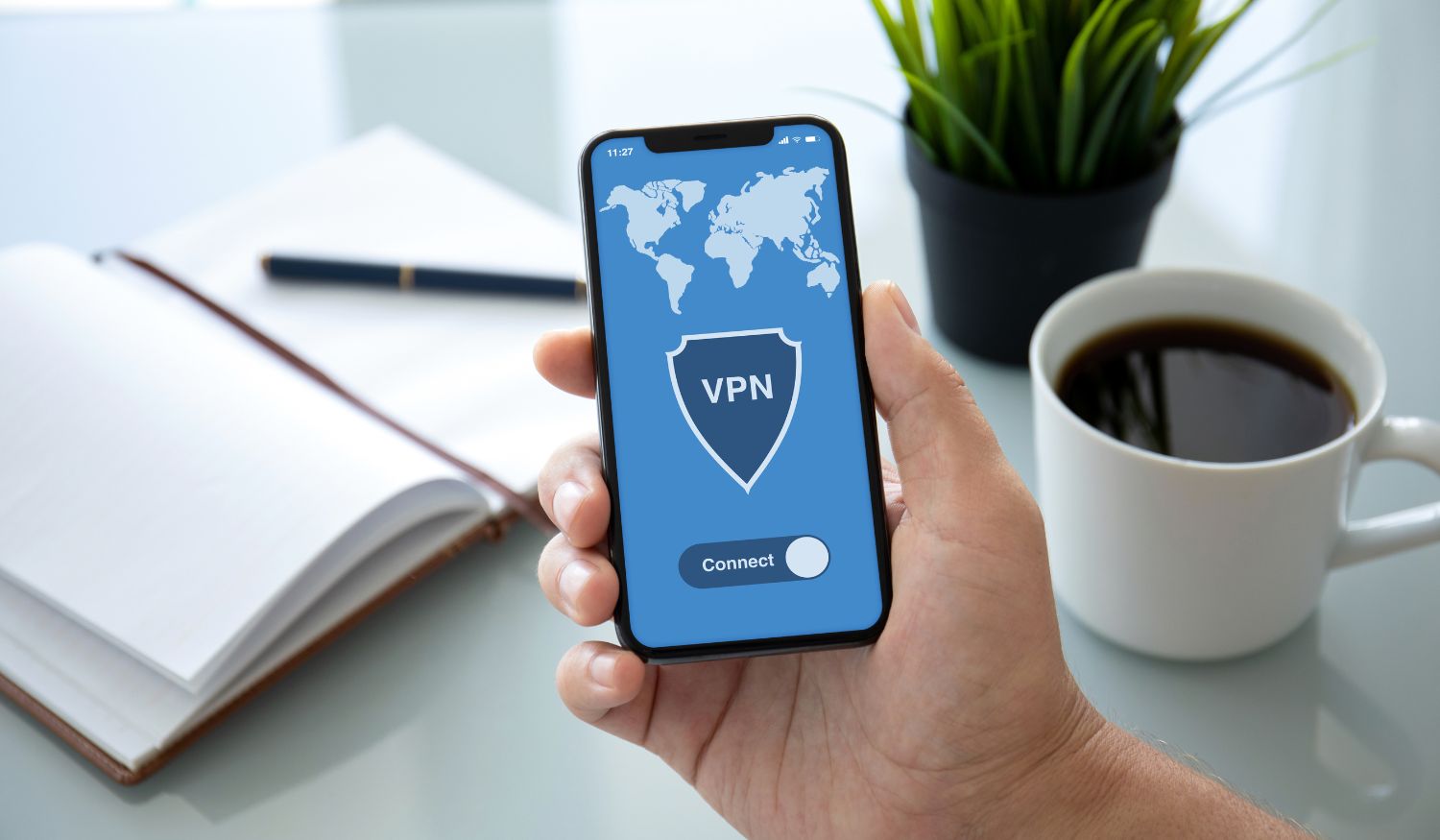As part of a series of articles on the topic of VPN Security issues, which are extracts from the larger comprehensive report: ‘Masked Identities, Unmasked Truths: The Paradox of VPN Security’, this article will explore the technical vulnerabilities of VPNs.
Technical Vulnerabilities of VPN Protocols
VPN protocols provide secure, encrypted connections for data transmission across the Internet and other public networks. The most used VPN protocols are PPTP, L2TP/IPsec, IKEv2, OpenVPN, SSTP, WireGuard, and HSTS. To better understand why VPNs do not provide the degree of security that has been assumed for years, it is relevant to inspect the protocols quickly.
The VPN protocols, such as PPTP, L2TP/IPsec, OpenVPN, WireGuard, or IKEv2, may have vulnerabilities in their design or implementation. Some of those vulnerabilities have been hard and painfully discovered, so expanding on this topic is relevant to this analysis.
Point-to-Point Tunneling Protocol (PPTP) was designed to provide a simple and secure way to connect to corporate networks from remote locations. It allows users to connect to the company's private network over the public Internet using a unique tunneling protocol and encrypting transmitted data. It was developed by the public-private partnership of Microsoft and US Robotics in the 1990s as a part of the Windows/ dial-up networking framework. It has quickly become one of the most widely used protocols for creating VPNs and has almost completely replaced the older Layer 2 Tunneling Protocol (L2TP). An over 33 years protocol that is still in use, even when multiple justifications can be provided. In simple terms, unacceptable.
The primary security threat from PPTP is that it utilizes the outdated Microsoft Point-to-Point Encryption (MPPE) algorithm, as the protocol is from the 1990s. Recently, this has been exposed as being insecure and easily hackable. The outdated encryption algorithms used in the PPTP protocol are easily broken through "man in the middle" type attacks or strong password brute force attacks, thus allowing anyone with the proper knowledge to intercept communications passing through the system.
Attackers may use standard techniques like packet sniffing to get basic information like IP addresses, port numbers, and user credentials. It is easy for attackers to decode PPTP traffic because the MPPE encryption protocol has been broken for many years. Additionally, the MPPE protocol suffers from a "dictionary attacks" vulnerability, making it possible to crack encryption without breaking the encryption key. Thus, PPTP networks are particularly vulnerable to brute-force password-cracking attacks, which can be launched remotely without detection, even when using relatively strong passwords. The other security threat to PPTP is its native support of Microsoft's Challenge-Handshake Authentication Protocol (MS-CHAP) authentication system. This authentication system is used to authenticate the user's identity, but in the past, it has been proven to be easily cracked and manipulated.
Additionally, PPTP may not work correctly with firewalls and other network-level security solutions due to the packet structure and encapsulation of the traffic. Firewalls cannot effectively protect PPTP traffic because they can traverse most firewall configurations using GRE (Generic Routing Encapsulation) packets. This means that PPTP networks cannot be covered at the network level and often require encrypting the content of all data sent over the network. Finally, PPTP is an older protocol and is no longer fully supported on most current operating systems. This means that the latest security patches and bug fixes are not available for these systems, and as such, PPTP networks may be vulnerable to known security exploits or unknown vulnerabilities. It is highly recommended to update all approaches to the latest security versions to protect them from these threats.
Overall, due to its outdated encryption algorithms and authentication protocol adopted, PPTP is no longer considered a secure protocol and should not be used in a production environment. It is highly recommended to migrate to a more secure protocol such as OpenVPN, IPSec, or SSH encrypted tunnels, as these protocols utilize better encryption and authentication methods and a much higher level of security. Furthermore, it is also essential to use strong passwords, implement additional layers of security such as two-factor authentication and network firewalls, and use VPN concentrators to ensure the security and privacy of data sent over the network. Such steps are crucial for ensuring the security of any network and should not be overlooked.
Layer Two Tunneling Protocol (L2TP) is an old protocol that is still used, primarily due to its broad compatibility with most operating systems, but it does not provide encryption for the data that is transmitted; the reason why this protocol is usually combined into the IPsec protocol, which supports additional layers of security toward the data transmission, but still, obsolete and in use.
Internet Key Exchange version two (IKEv2) is a newer, more secure VPN protocol. It provides strong authentication, encryption, and integrity protection for transmitted data, helping to protect it from being intercepted. It is more secure than PPTP and L2TP/IPsec but is less widely compatible. While IKEv2 is generally considered secure, users should be aware of a few probable security issues as:
- Implementation vulnerabilities: Like any cryptographic protocol, the security of IKEv2 depends on the correct protocol implementation in software or hardware. Implementation flaws or bugs can potentially lead to security vulnerabilities. Using well-tested and regularly updated implementations is crucial to minimize the risk of such vulnerabilities.
- Weak cipher suites: The security of IKEv2 relies on the strength of the cipher suites used for encryption and authentication. If weak or outdated cipher suites are used, it could expose the VPN connection to attacks. It is crucial to configure IKEv2 to use strong cipher suites with appropriate key sizes, integrity algorithms, and authentication methods, but this is a relatively complex process, one of the reasons why it is commonly overlooked.
- Denial-of-Service (DoS) attacks: IKEv2 is susceptible to DoS attacks, where an attacker floods the VPN server with a high volume of connection requests or malformed packets, causing resource exhaustion and disrupting legitimate connections. Implementing appropriate rate limiting, traffic filtering, and firewall rules can help mitigate such attacks, but the other two should be problematic, except for the firewall rules that are easy to implement.
- Man-in-the-Middle (MitM) attacks: IKEv2 is designed to prevent MitM attacks through mutual authentication between the VPN client and server. However, if the authentication process is compromised or weak authentication methods are used, an attacker could impersonate the client or the server and intercept or manipulate the VPN traffic. It is noteworthy to use strong authentication procedures and validate the authenticity of the VPN server's identity.
- Key compromise: IKEv2 relies on exchanging cryptographic keys to establish a secure connection. If the keys are compromised through either brute-force attacks, cryptographic weaknesses, or other means, an attacker could decrypt the VPN traffic or impersonate the VPN server. Regularly rotating keys and using robust encryption algorithms can help mitigate the risk of key compromise, which is usually associated with higher economic costs and operation complexity.
- Side-channel attacks: In specific scenarios, side-channel attacks can potentially exploit implementation or system-level vulnerabilities to extract information from IKEv2 connections. These attacks rely on analyzing timing information, power consumption, electromagnetic radiation, or other observable characteristics. Implementing countermeasures, such as constant-time algorithms and secure hardware platforms, can help mitigate the risk of side-channel attacks, but it might end up impacting the system's performance, which is usually an unwelcome behavior.
- Performance, which is of the VPNs complaints from the end-users community, is related to latency, and in a simple definition, it represents how fast you can communicate across the Internet. Closer distances between you and the VPN server will improve internet speed, and further distances may add a route to the destination path, which can result in a slower connection.
For example, my location may be in Stinesville, Indiana, and my VPN location is in Vancouver, Canada; without advanced caching techniques, the data packet will experience many hops before reaching its destination. Unless you are required to link to a server in a precise place, picking a VPN connection in nearby regions is often better. Other factors harm latency, for example, type of internet connection, broadcast delay, style and content of the websites, specific kind of layer three devices (routers mainly), and Wi-Fi characteristics, to mention a few.
To mitigate these cybersecurity issues, it is crucial to stay updated with security patches, use reputable VPN software and hardware, follow best practices for configuration, and regularly review and update security measures based on the latest industry recommendations and standards.
To find out more about the subject and gain an understanding of the paradoxical nature of VPN security and the risks it poses download the full report ‘Masked Identities, Unmasked Truths: The Paradox of VPN Security’.
Share this
You May Also Like
These Related Stories

Using a VPN: Security, Privacy and Performance Concerns

Enterprise Browser: Enhancing Security and User Experience


